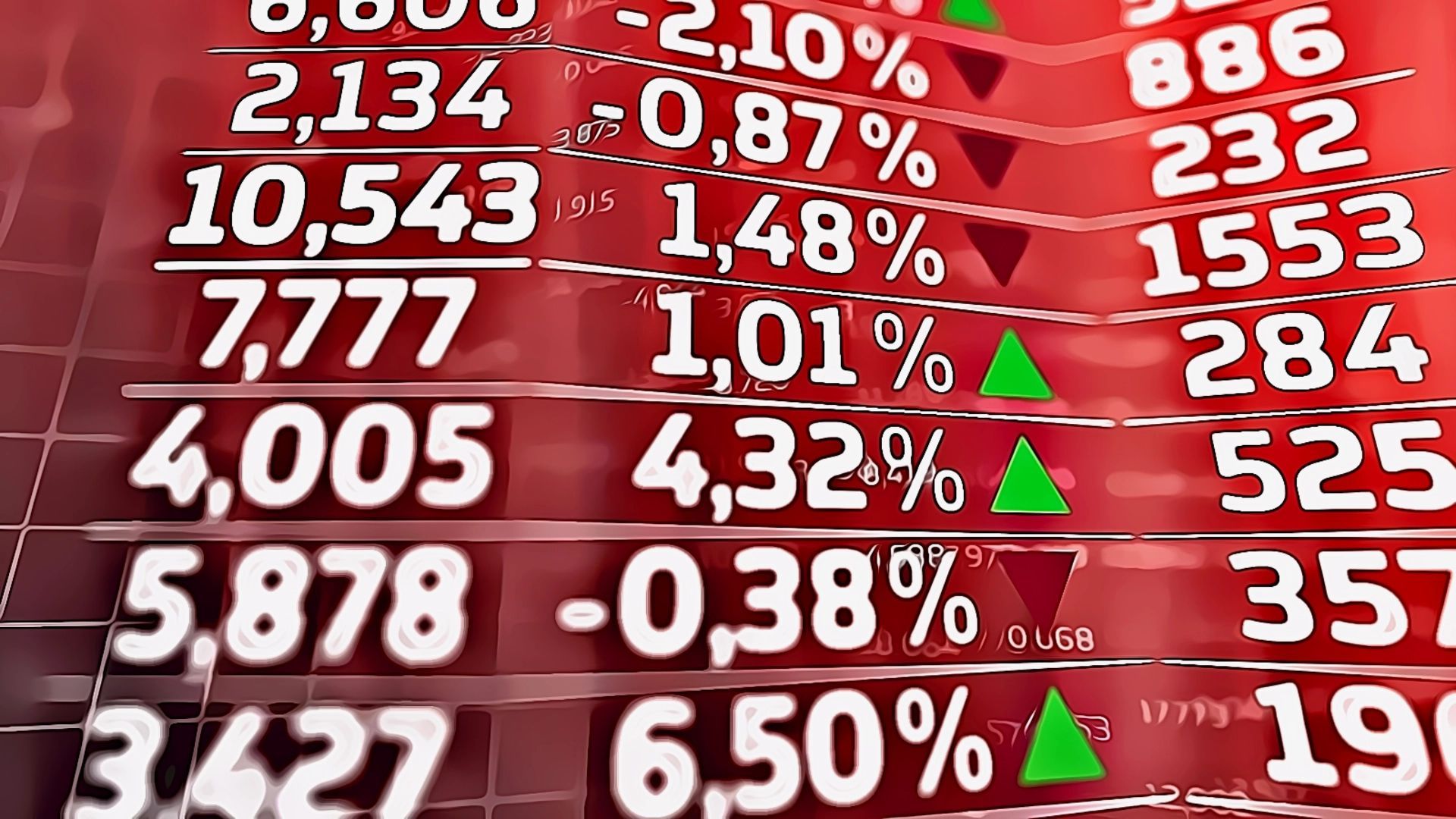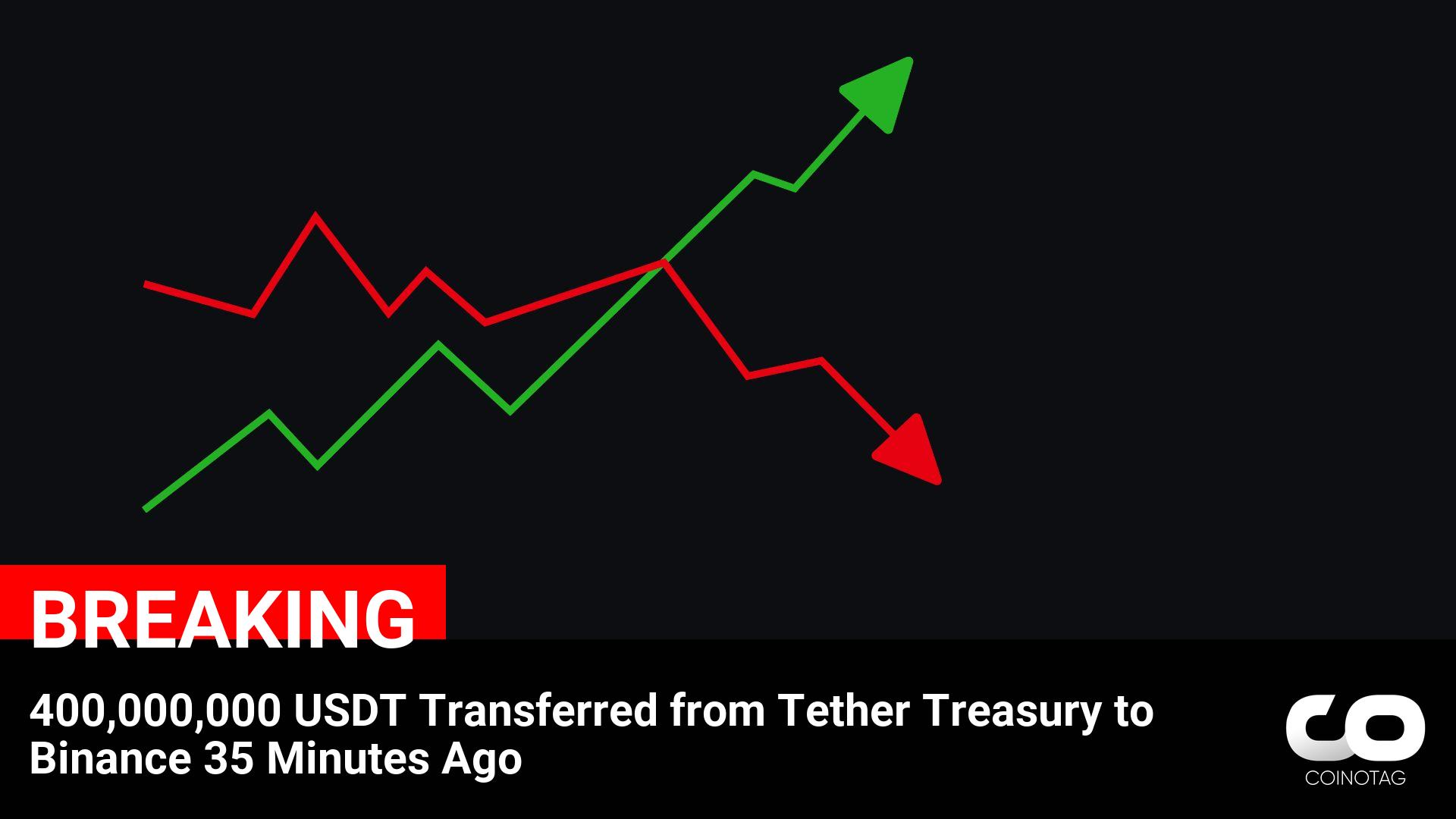
The crypto market is abuzz with VeChain (VET) showing signs of a potential rally, stirring bullish sentiment. This development raises the question: could Polkadot (DOT be next in line for a similar surge? This article delves into the key levels that might signal future movements, offering insights into which coins could be primed for growth. VeChain Price Analysis: Market Trends and Key Levels VeChain experienced a notable drop over the past month with prices plunging nearly 28%. Over the past six months, the decline was closer to 10%. These figures indicate that the coin has been under pressure, with a sharper pullback recently. This behavior points to increased volatility within a broader period of gradual weakness. Current price stands within a range of $0.018 to $0.031, with immediate support near $0.013 and resistance at $0.039. Bears seem to dominate as oscillators and momentum indicators show negative readings. Trading within these boundaries could offer opportunities if players hold positions near support for an upward play while managing risks at the resistance level. Polkadot Price Movements: Past Declines and Key Levels Polkadot experienced a monthly drop of 11.06% and a six-month decline of 4.60%. Over the past week, the price changed by -2.48%, indicating a consistent downward trend. This behavior highlights ongoing downside pressure, with a lack of strong recovery signs during these periods. The current price is trading between $3.38 and $4.96, with immediate resistance at $5.89 and support near $2.73. Additional resistance is found at $7.47, while secondary support is at $1.15. Bears dominate the market with modest momentum, and no clear breakout trend is apparent. Traders should consider monitoring for a bounce off support or a potential move above resistance to gauge future momentum shifts. Conclusion VeChain (VET) shows signs of a price rally, which places bullish pressure on the market. This development might indicate a similar trend for Polkadot (DOT) . Both coins have key levels that need to be monitored closely. VET`s recent performance could signal increasing investor interest, potentially influencing DOT`s trajectory. Market watchers should pay attention to these movements for trading opportunities. Disclaimer: This article is provided for informational purposes only. It is not offered or intended to be used as legal, tax, investment, financial, or other advice.
Bitzo
You can visit the page to read the article.
Source: Bitzo
Disclaimer: The opinion expressed here is not investment advice – it is provided for informational purposes only. It does not necessarily reflect the opinion of BitMaden. Every investment and all trading involves risk, so you should always perform your own research prior to making decisions. We do not recommend investing money you cannot afford to lose.
Tech Stocks Plunge: Are Investors Ready to Buy the Dip?

A few of the so-called “Magnificent 7” stocks —the companies that have mostly led the tech sector—are now nosediving. The S&P 500, widely deemed a proxy for the overall market, is down approximately 13.5% year-to-date (YTD). But for folks heavily invested in high-flying tech stocks, the suffering has been much more acute. With some of these companies down as much as 63% from their all-time highs, the ballooning tech sector looks more like a Black October in 2022. Investors in technology feel the pressure of severe losses, with big names like AMD, Tesla, and Nvidia watching their stock prices drop to jaw-dropping lows. But when we look at the top tech stocks, and at the S&P 500 index overall, we see something not very encouraging for the tech investor: sharp declines in stock prices that make it very hard to guess if now is a good time to “buy the dip” or if buying now will only lead to more losses as prices go lower. Tech’s Devastating Decline: Magnificent 7 Stocks Bear the Brunt Let us analyze the percentage drop of many of the well-known names in tech. These stocks have been the investments of choice for years, but current market conditions have turned them into something pretty close to a shareholder nightmare. 1. AMD ($AMD): 63% lower than last year 2. Tesla ($TSLA): 51% lower than last year 3. Broadcom ($AVGO): 42% lower than last year 4. Nvidia ($NVDA): 39% lower than last year 5. Meta ($META): 32% lower than last year 6. Amazon ($AMZN): 30% lower than last year 7. Alphabet ($GOOGL): 29% lower than last year 8. Apple ($AAPL): 28% lower than last year 9. Microsoft ($MSFT): 23% lower than last year 10. Netflix ($NFLX): 20% lower than last year Percentage Decline From All-Time High: 1. AMD, $AMD : -63% 2. Tesla, $TSLA : -51% 3. Broadcom, $AVGO : -42% 4. Nvidia, $NVDA : -39% 5. Meta, $META : -32% 6. Amazon, $AMZN : -30% 7. Alphabet, $GOOGL : -29% 8. Apple, $AAPL : -28% 9. Microsoft, $MSFT : -23% 10. Netflix, $NFLX : -20% Are you… — The Kobeissi Letter (@KobeissiLetter) April 5, 2025 This sudden downturn in a few of the biggest tech companies pits them against the rest of the market. The S&P 500 is down about 13.5% year to date. That’s bad, but it’s less than half the carnage many of these tech titans are delivering to their own bottom lines. Why Tech Is Getting Crushed Like October 2022 Why this steep fall in technology stock prices feels so much like the 2022 market downturn is easy to understand. The present economic landscape is one of several distinctive factors affecting the tech sector. To start with, high-growth companies—especially in the tech sector—are feeling the squeeze from rising interest rates. These firms are often valued based on projections of how much money they’ll make in the future, and when interest rates go up, that makes those future cash flows worth a little less today. It’s forced many of these companies to recalibrate their valuations—to lower them, in fact, which has hit their stock prices hard. Some of these firms have actually seen their stock prices halve over the course of this year. The second reason is that inflationary pressures and supply chain problems have raised costs for too many tech companies. These rising costs affect those firms’ profit margins, and more than a few have seen their unrevised earnings expectations drop by a large enough amount to warrant concern. So, as you can infer from the declining share prices, investor sentiment has soured quite a bit. Third, technology shares had an incredible surge in the early days of the pandemic. Companies such as Nvidia, Apple, and Amazon, boosted by the crucial pandemic-driven role of stay-at-home tech, became even bigger household names. Their digital products dominated remote work, e-commerce, and entertainment. But now, in a we-are-here-to-stay post-pandemic landscape, these shares are facing a far more challenging path, as consumer tech habits change and interest rates climb. The initial enthusiasm that sent these shares to new record highs has fully evaporated. Is It Time to Buy the Dip? What’s now on investors’ minds is whether this steep decline represents an opportunity to buy the dip or if it’s a sign that more downside is ahead. The appeal of prices that are lower may be tempting, particularly with firms such as Nvidia and Tesla that have generated all but extraordinary returns over the past decade. But investors must consider the selloff’s broader macroeconomic context. Is the environment that’s driving these firms’ stocks lower going to persist? One of the primary factors to monitor is the Federal Reserve’s position on interest rates. Should the Fed keep raising rates to fight inflation, the cloud hanging over high-growth tech stocks could thicken. If the global economy is in trouble, it could be spilling over into consumer spending, which, in turn, impacts the earnings of tech companies from Amazon to Meta. Conversely, these stocks signify some of the most groundbreaking firms globally, and for patient, high-risk tolerance investors, purchasing them at today’s prices could turn out to be satisfying. The threat factor is substantial, but so is the chance that the stocks will keep going up. To sum up, although a lot of tech stocks have taken a drubbing in recent months, it may not be the time to dismiss them completely. However, it is probably a good idea for investors to be precautionary and cognizant of the big economic headwinds that could buffeting their investments in the immediate future. If you’re looking to do a “buy the dip” strategy, make sure you have a well-diversified portfolio, and don’t yet put all your eggs in the tech basket. The market continuing to work through uncertain times, your patience may be rewarded. Disclosure: This is not trading or investment advice. Always do your research before buying any cryptocurrency or investing in any services. Follow us on Twitter @nulltxnews to stay updated with the latest Crypto, NFT, AI, Cybersecurity, Distributed Computing, and Metaverse news ! Bitzo

RedStone Deploys Innovative Oracle on MegaETH, Enhancing Blockchain Data Solutions Ahead of Mainnet Launch
RedStone, the innovative oracle development team, has made headlines by deploying its services on MegaETH, a promising Ethereum Layer 2 solution. This deployment marks a significant shift away from the Bitzo











